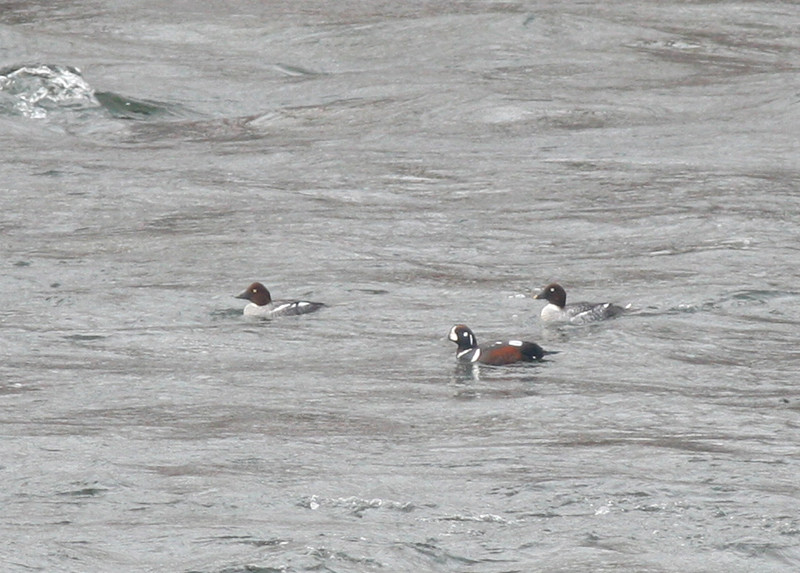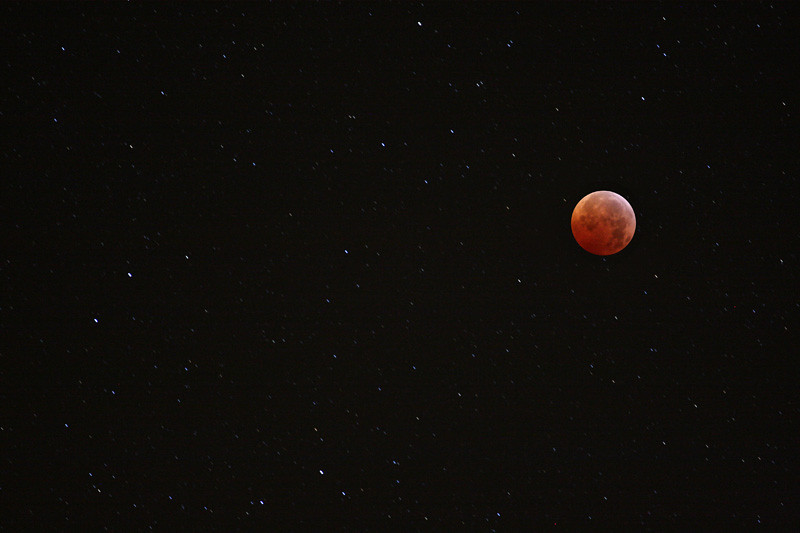Today was the Day of Youth and Future Generations at COP16, a day dedicated to the youth that are involved in the UNFCCC process and the delegations of young people in Cancun.
The day started with a meeting of the Youth Non-governmental Observers (YOUNGO).
Although an hour and a half of the meeting was spent deciding what language the meeting should be in, several good discussions came out of the YOUNGO meeting.
Members of the group gave policy reports from the UNFCCC negotiations that occurred the day before and these members of the YOUNGO policy working group gave responses to what had been decided in the negotiations.
The group also discussed the various youth-related activities that would be taking place during the day.
 Members of the United Kingdom Youth Climate Coalition
Members of the United Kingdom Youth Climate Coalition
Although there were many young people in the room, I was shocked at how few were from the United States. I had hoped that there would be many youth from the US involved with UNFCCC, but unfortunately that did not happen. The only others from the United States were from the organization SustainUS. The majority of the people in the room were from Europe, primarily the United Kingdom, but other continents and countries were represented as well. While the United Kingdom Youth Climate Coalition only included members from their own county, the World Association of Girl Guides and Girl Scouts had representatives from several countries.

In order to make the meetings fair to different delegations around the world, a survey was taken as to how many of the young people in the room were from global north versus global south countries. These are socio-economic classifications given to each country. The global north countries are developed countries including the United States and many countries in Europe. Unfortunately for the diversity aspect of the meeting, very few delegates were from countries in the global south.
After the meeting, I attended a side event on the ways youth organizations are reaching out to youth in the community to help fight climate change. The panel members focused primarily on encouraging people to vote in order to bring change through politicians—“change politicians, not climate”. Rather than spending time on educating people about the issue of climate change, the organizations that spoke were focused primarily on electing “green” representatives.

These groups are indeed able to make a difference through the politicians they elect to office, but their actions do nothing to educate people about the issue. The fact that they can get people to vote for the politician that agrees with clean energy does not ensure that the voter fully understands why voting for such a person is important nor does it ensure that the voters comprehend the severity of the impacts of climate change.
From here, I headed to the “Youth Market”, a demonstration organized by the various youth groups attending the conference as non-governmental observers. The youth involved had a mock “sale” of various natural resources and vulnerable places. The “action”, as it is called at the COP meetings, attracted the attention of many people in Cancunmesse including a good number of reporters. Although I was there to watch, I was somehow dragged into the “market” since I was a youth in the area. I ended up holding a sign that read “Home and Future”, signifying the fact that these two important aspects of life are being “sold” as a result of climate change.

This demonstration was a success in many ways. Although it did not have a specific “cause” (since many separate organizations were involved), it showed that the planet cannot wait much longer for an agreement before all of the Earth’s natural resources are “sold”. Perhaps the most important part of the action was to highlight the presence of the youth at COP16. The youth are often forgotten about since they cannot take part in the official negotiations, however, they serve an important part in education and outreach for the issue.
 Time is on sale at the Youth Market; unfortunately, it appears that time is running out
Time is on sale at the Youth Market; unfortunately, it appears that time is running out
This day, filled with youth panels, meetings, and actions, successfully brought the youth of UNFCCC to the front of the climate conference. Hopefully through future events, similar to those that happened today, the youth will gain higher status and members of the YOUNGO will be allowed into the climate negotiations.

I cannot post all of the photos here, so please visit flickr.com/coreyhusic to view more images from today and the rest of COP16 in Cancun.















